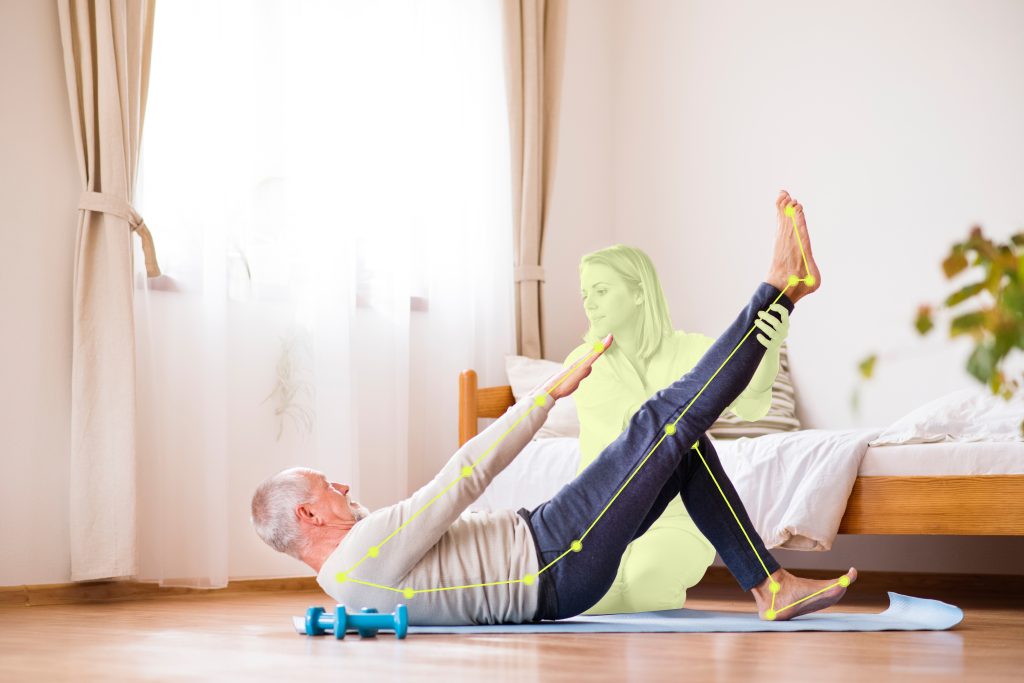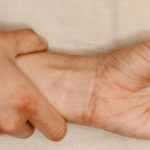Uncover the truth behind common misconceptions and discover effective, evidence-based treatments for lasting comfort
Back pain is a widespread problem impacting millions around the world, and it’s surrounded by various misconceptions. Knowing what truly helps can greatly improve how you manage and relieve back pain. Here’s a breakdown of common myths and evidence-based advice on effective treatments:
Back pain is a prevalent issue affecting millions globally, and numerous myths surround it. Understanding what really works and what doesn’t can make a significant difference in managing and alleviating back pain. Here’s a look at some common misconceptions and evidence-based advice on effective treatments:
Myth 1: Rest is the best cure for back pain.
While rest is important, prolonged inactivity can actually worsen back pain and lead to muscle weakening. Evidence shows that staying active and engaging in gentle activities can speed up recovery. Bed rest for more than a day or two is generally not recommended. Instead, focus on light physiotherapy and avoid movements that increase pain.

What works: Gradual reintroduction of activity, such as walking at your own pace or specific exercises designed to strengthen the back and improve flexibility, are beneficial. Low-impact exercises such as swimming, walking, and specific strengthening and stretching exercises are recommended. A physiotherapist can design a personalised exercise program that is safe and effective based on your specific condition.
Myth 2: Back pain is always caused by an injury.
Back pain can be due to a variety of factors including poor posture, repetitive stress, muscle imbalances, and even psychological stress. Not all back pain is the result of an acute injury.
What Works: Addressing the root causes of back pain through posture correction, stress management, and ergonomic adjustments can be effective. Integrating a holistic approach that includes lifestyle changes and mental health support can improve overall outcomes.
Myth 3: Back pain is caused by a misalignment of the spine.
The idea that a misaligned spine (often referred to as subluxations) causes back pain is largely unsupported by scientific evidence. While spinal misalignments can occur, they are not always the cause of back pain. Back pain can result from muscle strain, disc problems, poor posture, or other factors.

What Works: Focusing on strengthening core muscles, improving posture, and using ergonomic supports can address common causes of back pain. For specific issues like disc herniation, targeted exercises and physiotherapy can be more effective than spinal manipulation.
Myth 4: Surgery is the only option for severe back pain.
Most back pain cases do not require surgery. Surgery is usually considered a last resort when conservative treatments fail, and when there’s a clear, identifiable problem like a herniated disc that hasn’t improved with other treatments.
What Works: Non-surgical treatments, such as physiotherapy, medications, lifestyle changes, and therapies like acupuncture, are often effective. Procedures like steroid injections can also provide temporary relief.
Myth 5: Back pain is a normal part of ageing.
While back pain can become more common with age, it is not an inevitable part of ageing. Many older adults experience back pain due to lifestyle factors, deconditioning, or specific health issues, rather than just ageing itself.
What Works: Maintaining a healthy weight, staying active, and engaging in exercises that promote back health can help prevent or reduce back pain as you age. Regular check-ups can help manage and address issues early.
Evidence-Based recommendations for managing back pain
1. Physiotherapy: Tailored exercises and treatments can strengthen muscles, improve flexibility, and relieve pain.
2. Pain management: Over-the-counter pain relievers like ibuprofen can help manage sudden onset pain. For chronic conditions, a doctor might prescribe stronger medications or suggest alternative treatments.

3. Lifestyle modifications: Weight management, ergonomic adjustments at work and improving posture can significantly reduce back pain.
4. Alternative therapies: Techniques like acupuncture, chiropractic care, and massage therapy may provide relief for some individuals.
5. Education and self-care: Learning about back pain, practicing self-care techniques, and using resources like online guides or support groups can empower individuals to manage their condition effectively.
In summary, addressing back pain effectively involves debunking common myths and embracing evidence-based approaches. Prioritising activity, focusing on strengthening exercises, and exploring non-surgical treatments can lead to significant improvements. By integrating these strategies and staying informed, you can manage and reduce back pain more successfully.
Read more on the importance of physiotherapy in preventing stiffness and osteoporosis here!



